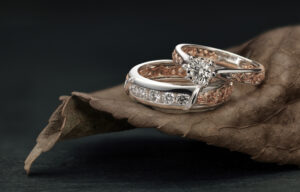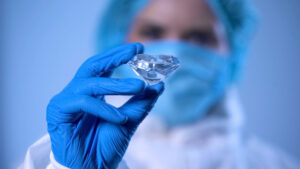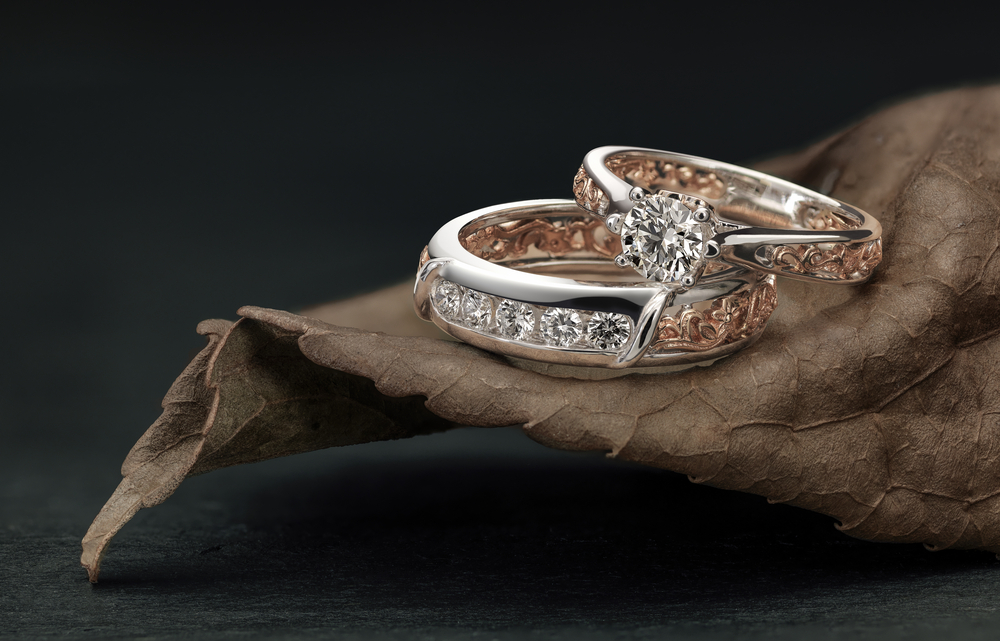
One of the most expensive and sought-after jewels in the world is the diamond. Gems are in high demand, so there are a lot of fakes and man-made gems available on the market. In order to make sure that you are receiving your money’s worth, it is crucial to understand how to distinguish between the two.
Differentiating Artificial Diamonds From Fake/Counterfeit Diamonds
Artificial Diamonds: Artificial diamonds, commonly referred to as lab-grown diamonds, are made in a lab using cutting-edge scientific procedures that mimic the environmental factors that naturally cause diamonds to develop. They are regarded as genuine diamonds since they share the same chemical and physical characteristics as actual diamonds.
Look for a certification from a respectable organization, such as the Gemological Institute of America (GIA), International Gemological Institute (IGI), or American Gem Society (AGS), as one means to distinguish between synthetic diamonds and fake/counterfeit diamonds. A certification from one of these organizations ensures consumers that the diamond is genuine because synthetic diamonds are certified and graded similarly to natural diamonds. Examining the pricing is another approach to tell artificial diamonds apart from fake or counterfeit diamonds. Natural diamonds of the same size and grade are often more costly than synthetic diamonds.

Fake/Counterfeit Diamonds: Diamond imitations, sometimes known as fake or counterfeit diamonds, are produced from substances like cubic zirconia, moissanite, or glass. They are regarded as unreal because they lack the chemical and physical characteristics of genuine diamonds. Examining the glitter can help you tell a fake/counterfeit diamond from a real one. There is no other substance that can match the glitter of a diamond. The stone is probably a fake if it does not glitter strongly and consistently. Examining the hardness is another method for telling real diamonds apart from phony or counterfeit ones. The hardest material on the planet, diamonds are capable of scratching most other materials. The stone is probably a fake if it is readily scratched.
To guarantee that you are receiving your money’s worth, it is crucial to understand how to distinguish between synthetic diamonds and fake/counterfeit diamonds. Just like natural diamonds, synthetic diamonds are graded and verified, and a certification from a respected agency like the GIA, IGI, or AGS ensures customers that the diamond is genuine. Contrarily, fake or counterfeit diamonds are copies produced from substances like cubic zirconia, moissanite, or glass. They are easily distinguished by their lack of shine and hardness and are missing identical chemical and physical characteristics as genuine diamonds. Always check for certification when buying a diamond, and steer clear of offers that appear too good to be true.
